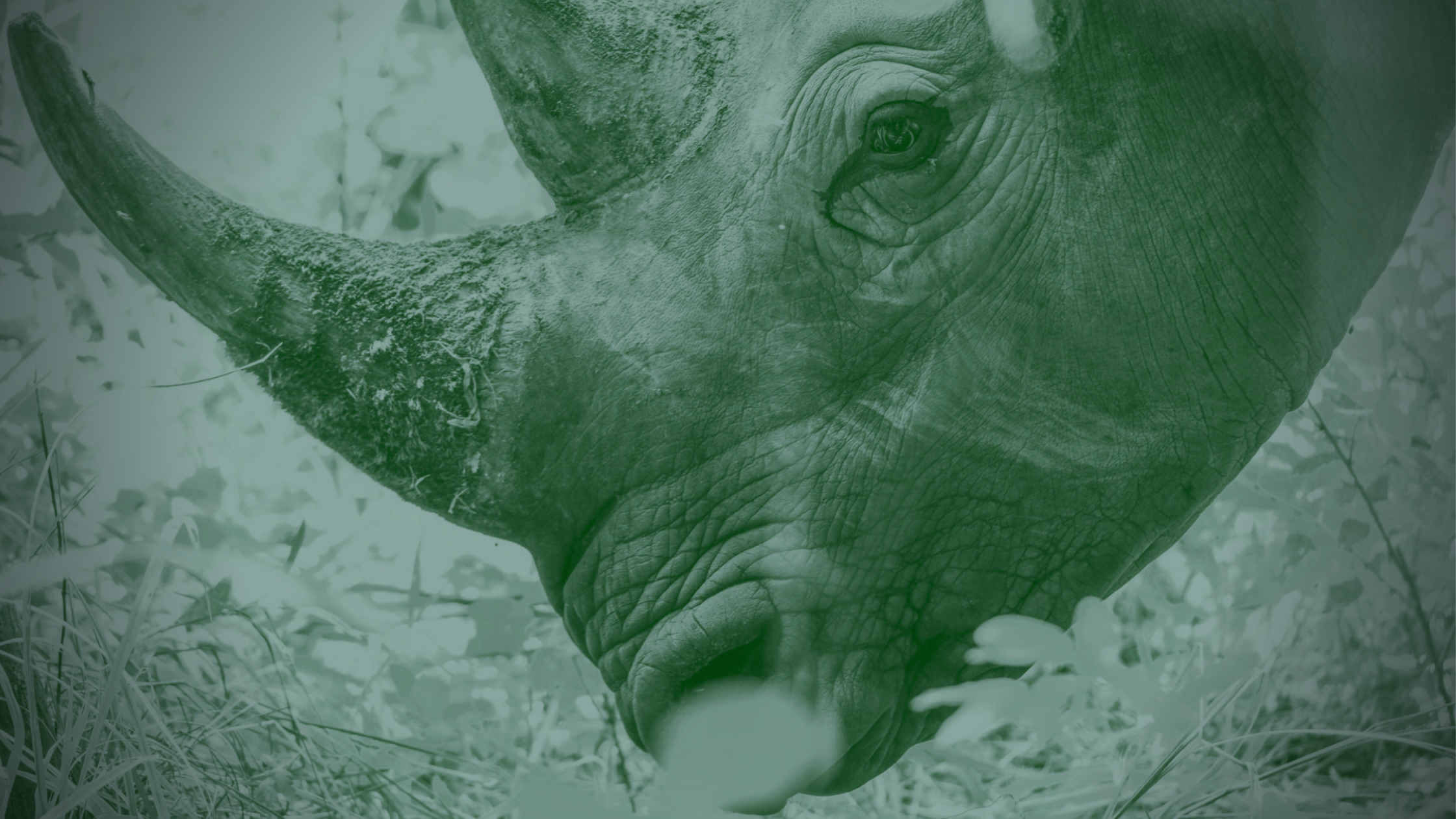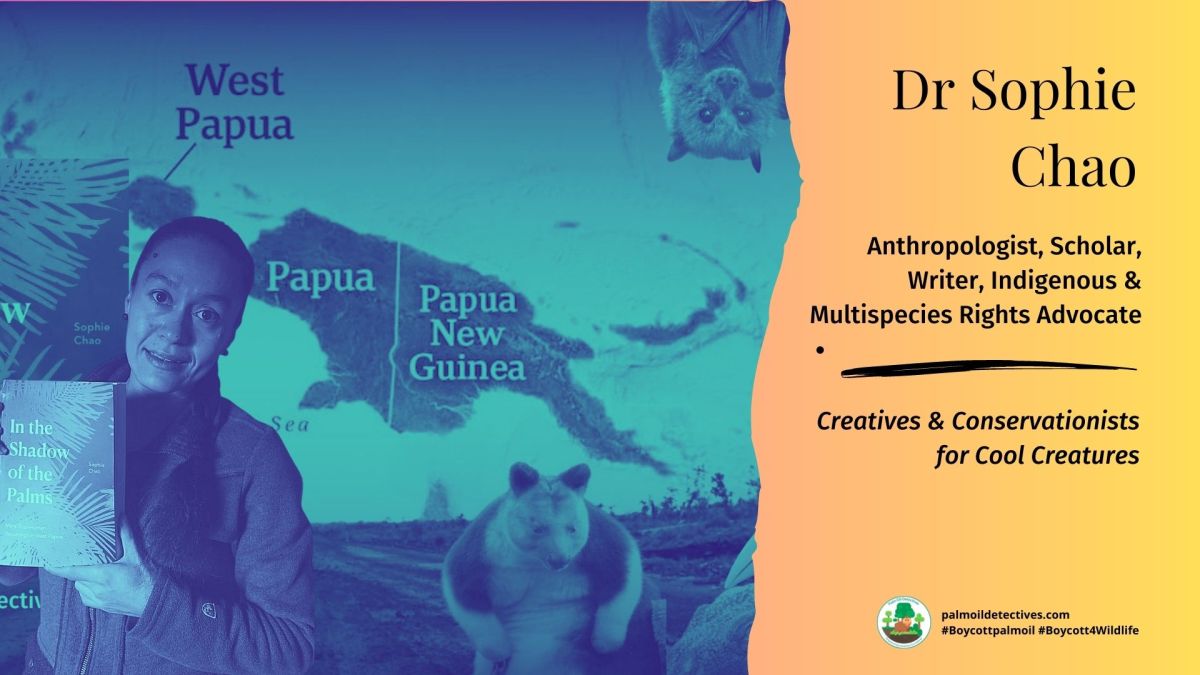Knobbed Hornbill Rhyticeros cassidix
Sulawesi, Indonesia
Vulnerable
Recent analysis has suggested that the Knobbed Hornbill may be declining at a rate approaching 40% over three generations based on recent and ongoing rates of habitat loss on Sulawesi (D. Holmes in litt. 1999, Kinnaird and O’Brien 2007).
IUCN red list
Knobbed Hornbills are stunning rainbow coloured birds endemic to #Sulawesi #Indonesia, #vulnerable from #palmoil #deforestation and #hunting. Help them survive by joining the #Boycott4Wildlife on brands causing #deforestation!
Tweet

Knobbed Hornbill Rhyticeros cassidix 
Knobbed Hornbill Rhyticeros cassidix 
Knobbed Hornbill Rhyticeros cassidix 
Knobbed Hornbill Rhyticeros cassidix 
Knobbed Hornbill Rhyticeros cassidix
The Knobbed Hornbill is spectacular and unique tropical bird endemic to Sulawesi and offshore islands of Lembeh, Togian Islands, Muna and Butung in Indonesia. Recent analysis has suggested that this species may be declining at a rate approaching 40% over three generations based on recent and ongoing rates of habitat loss on Sulawesi (D. Holmes in litt. 1999, Kinnaird and O’Brien 2007).
They are one of the largest birds in Indonesia and the most vividly coloured. With their large body size they are able to chase off other birds and small primates at feeding sites. The flapping of their wings generates a loud and distinctive sound.
There are 62 species of hornbills spread across Africa, tropical Asia, Indonesia and Papua New Guinea. Endemic to Indonesia: Knobbed hornbill (Rhyticeros cassidix), Sulawesi hornbill (Rhabdotorrhinus exarhatus), and julang sumba Sumba hornbill (Rhyticeros everetti).
The Knobbed Hornbill inhabits evergreen forest up to 1,800 m asl, especially in lowlands below 1,100 m where they also live in patches of secondary forest, woodland and plantations to forage. Mostly they eat fruit but occasionally insects, bird eggs and nestlings. They forage mainly in the canopy, even plucking off fruits in flight and dig into soft wood on trees for insects. In Gorontalo, Sulawesi, the species has been observed foraging in primary and abandoned selectively logged forest, including those in fairly close proximity to human settlements (D. Mulyawati in litt. 2010). They require large trees for breeding, nesting in natural holes 13-53 m up in tall forests trees (Kinnaird and O’Brien 1999, del Hoyo et al. 2001, F. Lambert in litt. 2011).
The species is threatened with habitat destruction, with forest on Sulawesi being lost at a rate of 16.9% per ten years during 1985-1997; and 36.1% per ten years during 1997-2001 (based on D. Holmes in litt. 1999 and Kinnaird and O’Brien 2007). The species’s specialised breeding requirements (including dependence on large trees) makes them particularly vulnerable to forest loss and degradation (e.g. Winarni and Jones 2012). Hunting is a serious threat, as well as gold mining and fires (following exceptional fires in 1997, fieldwork showed a significant drop in breeding success and population recruitment in subsequent years) (del Hoyo et al. 2001)
You can support this beautiful animal
There are no known conservation activities for this animal. Make art to raise awareness and join the #Boycott4Wildlife.
Further Information

BirdLife International. 2017. Rhyticeros cassidix (amended version of 2016 assessment). The IUCN Red List of Threatened Species 2017: e.T22682525A117182222. https://dx.doi.org/10.2305/IUCN.UK.2017-3.RLTS.T22682525A117182222.en. Downloaded on 08 June 2021.

How can I help the #Boycott4Wildlife?
Contribute in five ways
1. Join the #Boycott4Wildlife on social media and subscribe to stay in the loop: Share posts from this website to your own network on Twitter, Mastadon, Instagram, Facebook and Youtube using the hashtags #Boycottpalmoil #Boycott4Wildlife.
2. Contribute stories: Academics, conservationists, scientists, indigenous rights advocates and animal rights advocates working to expose the corruption of the palm oil industry or to save animals can contribute stories to the website.
3. Supermarket sleuthing: Next time you’re in the supermarket, take photos of products containing palm oil. Share these to social media along with the hashtags to call out the greenwashing and ecocide of the brands who use palm oil. You can also take photos of palm oil free products and congratulate brands when they go palm oil free.
4. Take to the streets: Get in touch with Palm Oil Detectives to find out more.
5. Donate: Make a one-off or monthly donation to Palm Oil Detectives as a way of saying thank you and to help pay for ongoing running costs of the website and social media campaigns. Donate here







